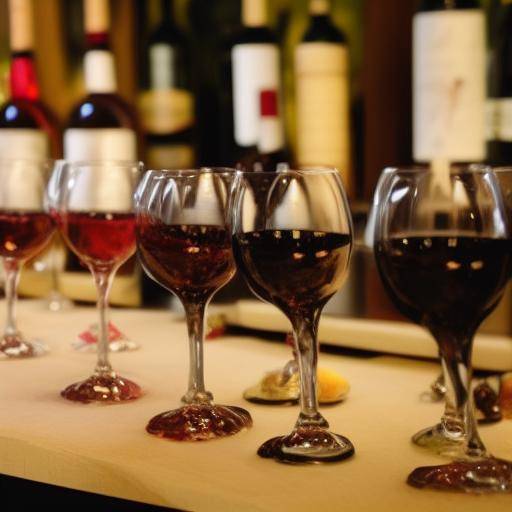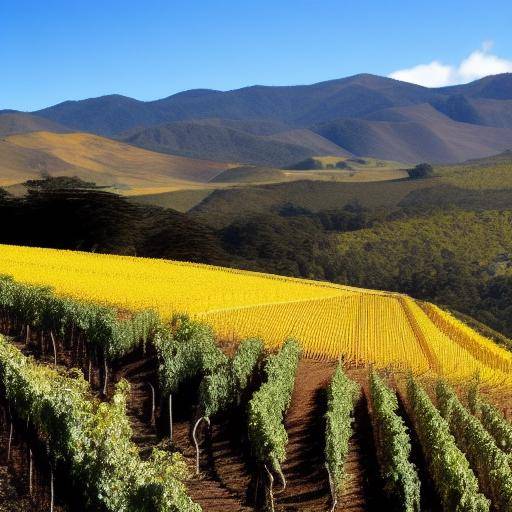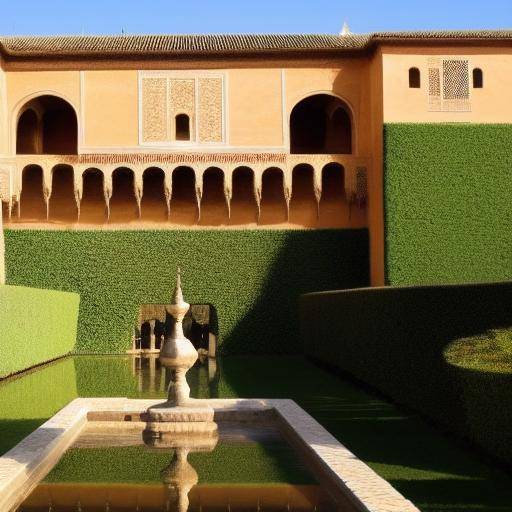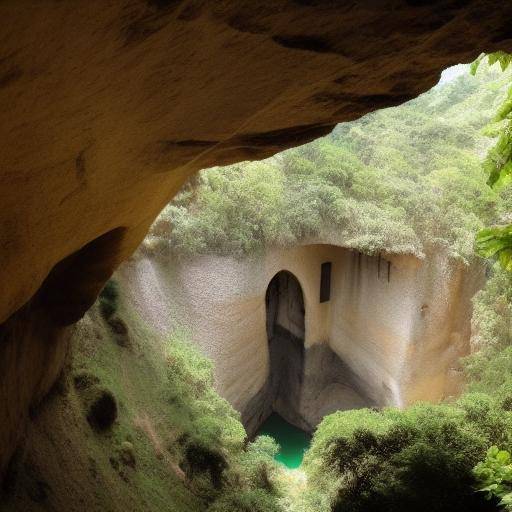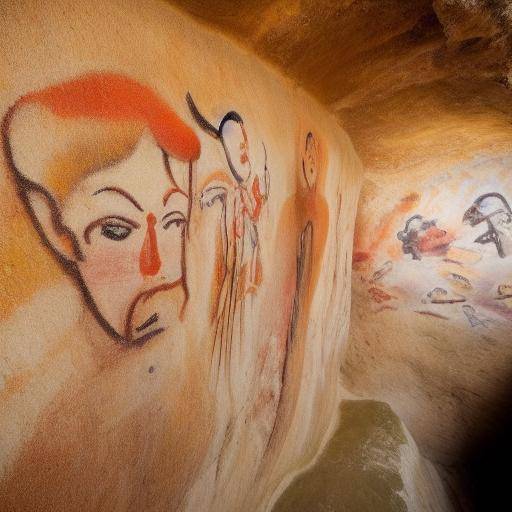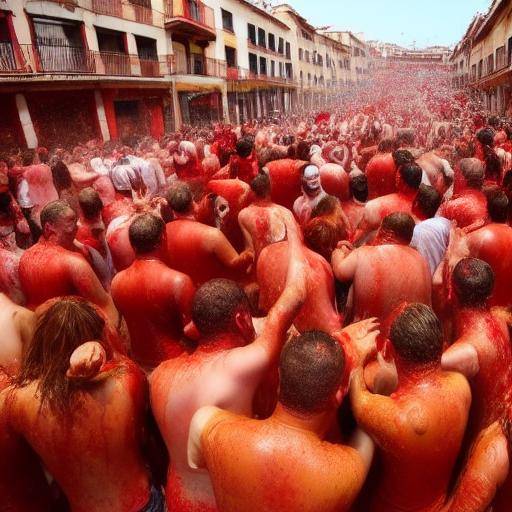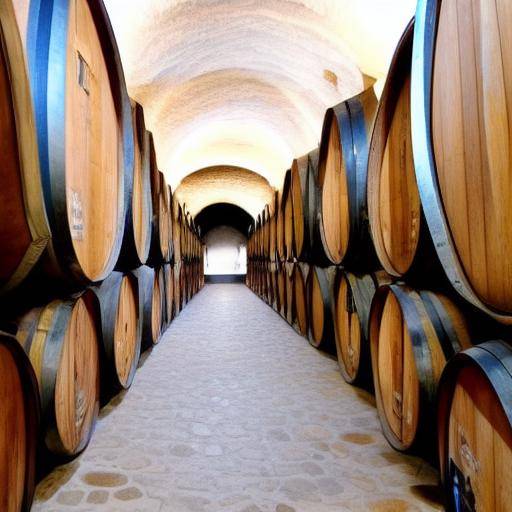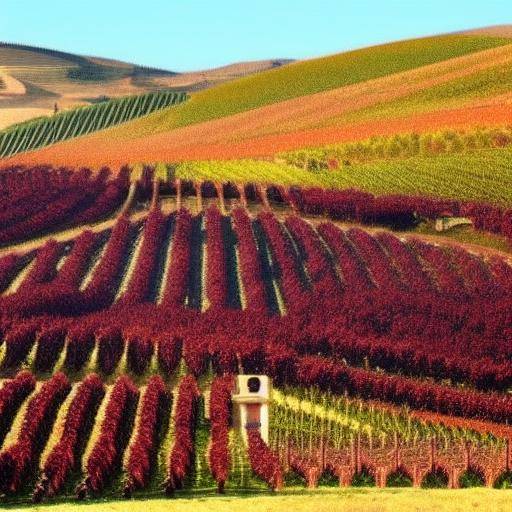
The wine is one of the most emblematic drinks of Spanish culture, and La Rioja stands as one of the world's epicenters of wine production. With its idyllic landscapes, ancestral wineries and a rooted winemaking tradition, the region offers a unique experience for wine and wine lovers. In this article, we will explore the fascinating wine route in La Rioja, Spain, immersed in the richness of its wines, the wine history of the region and the enoturistic experiences that captivate visitors.
History and Background
The history of the wines of La Rioja dates back to time immemorial, with evidence of winemaking dating back to the Roman era. However, their international recognition was consolidated during the nineteenth century, when local wineries began to export their wines to European markets. Since then, La Rioja has been synonymous with quality and prestige in the world of wine, with its wine traditions transmitted from generation to generation.
Winemaking
Wine production in La Rioja combines traditional methods with modern technologies, resulting in exceptional quality wines. The native grapes, such as tempranillo, garnacha,grano and dungeon, are carefully cultivated and harvested by hand, reflecting the commitment to winemaking excellence.
Denominations of Origin
La Rioja has three denominations of origin: Rioja, Rioja Alavesa and Rioja Alta. Each offers wines with unique profiles, from robust reds to fresh and elegant whites. The distinction and diversity of these wines have consolidated the reputation of La Rioja as an indisputable reference in the world of wine.
Detailed Analysis
The boom of winemaking in La Rioja has made the region a must for wine enthusiasts. The wineries, some of them centenary, open their doors to offer tastings, guided tours and enological experiences that allow visitors to immerse themselves in the magic of wine and wine culture.
Benefits of Enotourism
Enotourism not only provides sensory pleasure, but also promotes appreciation for agricultural and winemaking work, as well as respect for land and tradition. It also contributes significantly to the economic development of the region, generating employment and strengthening the wine industry.
Current Challenges and Trends
While tourism has experienced remarkable growth, challenges arise in terms of sustainability, tourism management and adaptation to new market demands. The industry seeks to strike a balance between preserving the natural environment and offering attractive experiences for visitors.
Comprehensive review
The wine route in La Rioja offers a variety of activities that go beyond the traditional wine tastings. From bike tours between vineyards to gastronomic experiences that highlight the harmony between wines and local dishes, visitors can enjoy unique experiences that stimulate all the senses.
Practical Tips
To get the most out of the experience in La Rioja, it is advisable to plan ahead, book visits to wineries in advance and explore the various accommodation options offered by the wineries and the picturesque surrounding villages.
Conclusions and FAQs
In short, the wine route in La Rioja is an immersion in tradition, passion and savoir-faire that defines the region as a global benchmark in the wine industry. Exploring this territory is to discover the very essence of Spanish wine, an experience that captivates the senses and enriches knowledge. If you're planning a visit to La Rioja or just want to go deeper into the fascinating world of Spanish wines, you can't miss this unique enological experience.
Frequently asked questions
What is the best time to visit La Rioja?
The spring and autumn are the ideal seasons to visit La Rioja, as the weather is pleasant and the vineyards offer a spectacular landscape. During the harvest in September, there is a special atmosphere with numerous activities related to the collection of grapes.
Is it necessary to book in advance the visits to the wineries?
Yes, it is highly recommended to make previous reservations, especially if you plan to visit recognized wineries. This will allow you to secure your place and ensure personalized attention during the visit.
What types of wines can be tasted in La Rioja?
The region offers a wide range of wines, from reds with character and breeding, to fresh and fruity whites. You can also find pink wines that reflect the diversity and quality of grapes in the region.
What is the typical dish of La Rioja that best complements local wines?
The roasted lamb is a culinary specialty of La Rioja that marries especially well with the red wines of the region. Other emblematic dishes include the riojana potato, the sausage chops and the jars to the riojana.
Are there accommodation options within the wineries themselves?
Yes, some wineries offer lodging, giving visitors the opportunity to enjoy a full experience, from wine tasting to stay in natural and quiet environments.
What is the best way to visit the wine route in La Rioja?
The best way to explore the wine route is to have a vehicle to move between the wineries and enjoy the beautiful vineyard landscapes. There are also options for enological tours that facilitate the tour and offer specialized information about the wine region.
In conclusion, La Rioja offers an incomparable enological experience, combining tradition, innovation and passion for wine in an environment of exceptional beauty. Dive into this fascinating wine route to discover Spain's wine legacy and delight in the magic that emanates from every glass of wine from La Rioja. Cheers!

